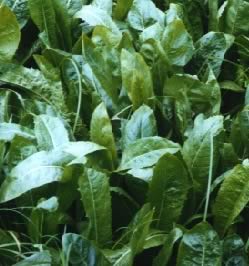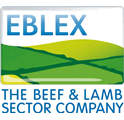 |
|||||||||
|
|||||||||||||||||||
Chicory Offers Potential Grazing Sward Value Perennial chicory could have a valuable role to play in improving the grazing performance of English beef cattle and lamb. It also offers reliable yield on drought-prone land, according to the English Beef and Lamb Executive (EBLEX) which is currently evaluating the herb as part of its drive to help producers improve performance from home-grown forage.
Extensive New Zealand studies with new perennial chicory varieties
have shown them to provide high quality grazing for both cattle
and lambs. Indeed, over a number of years varieties bred for improved
performance have proved capable of supporting daily lamb growth
rates noticeably higher than ryegrass, albeit not up to the level
of white clover. There is also evidence that the herb, which has a deep tap root
not unlike red clover, could be beneficial in maintaining the productivity
of grazing leys under particularly dry summer conditions. However, EBLEX considers the opportunity they offer for inclusion
in long to medium-term grass ley mixtures well worth exploring,
and a number of farm studies are getting under way including performance
evaluations of ewes and lambs on perennial ryegrass swards with
and without chicory at Newton Rigg.
|
|||||||||||||||||||

|
|
||||||||||||||||||
| home | agri-services | pedigree
pen | news | dairy | beef | machinery property | organisations | site map |
|||||||||||||||||||

